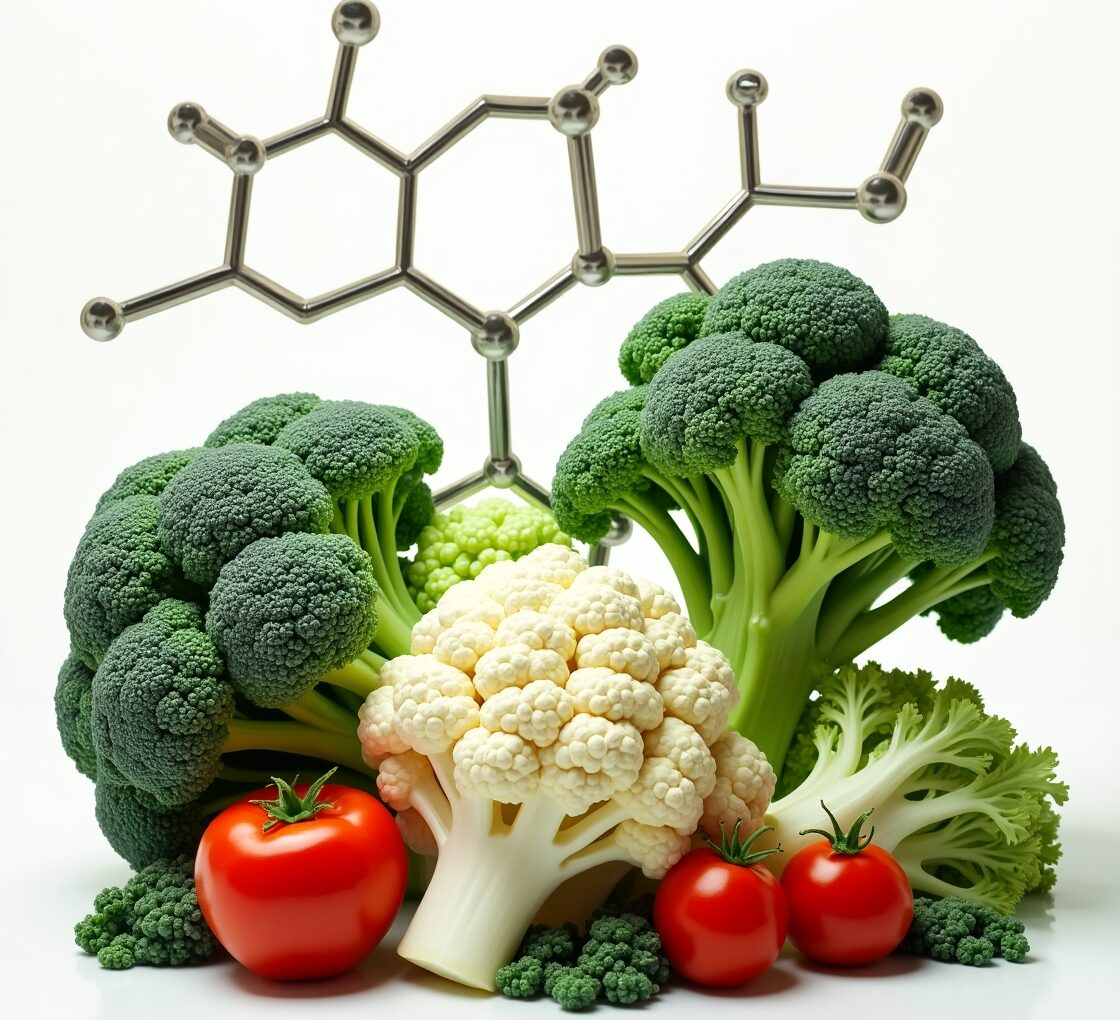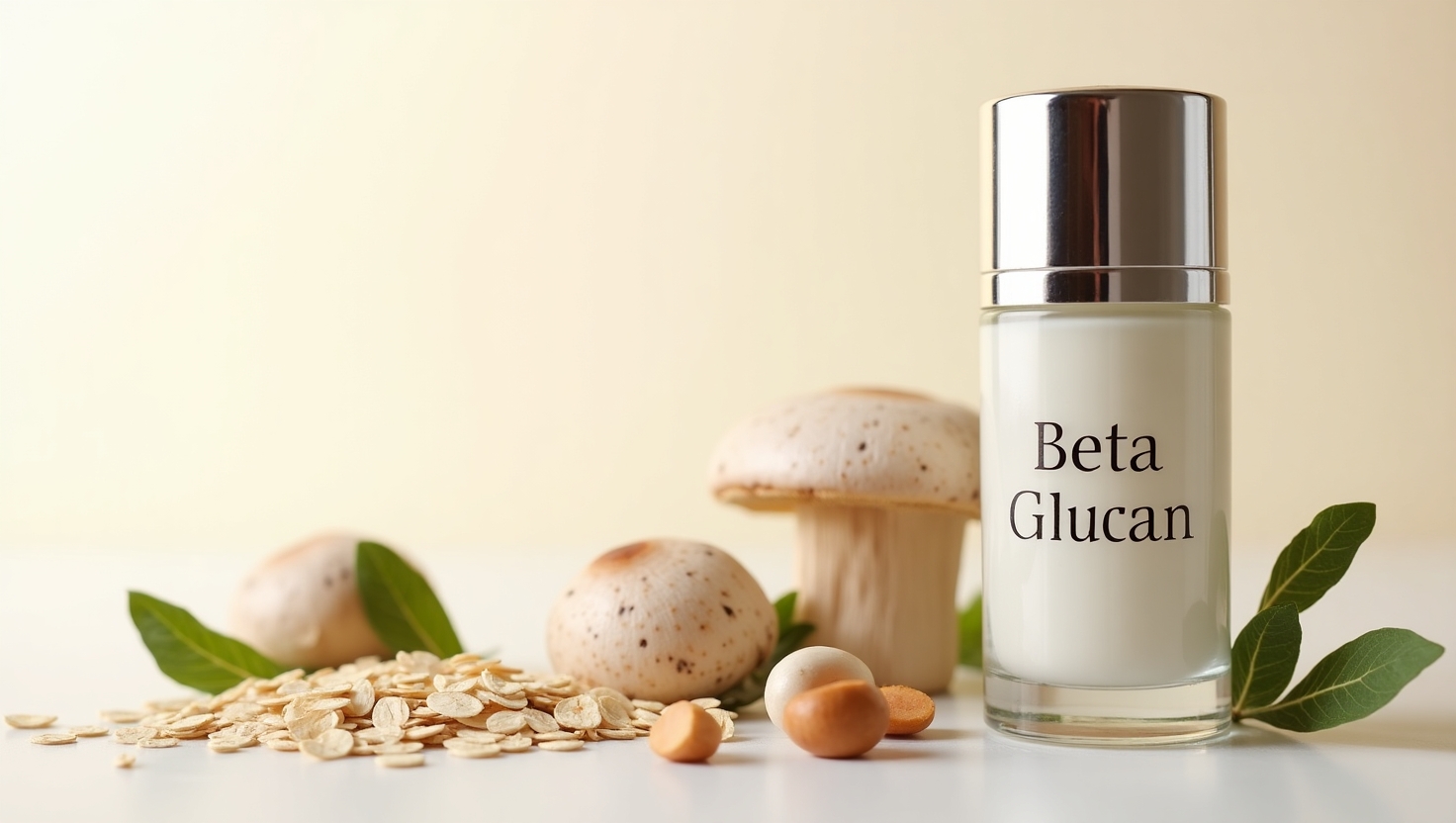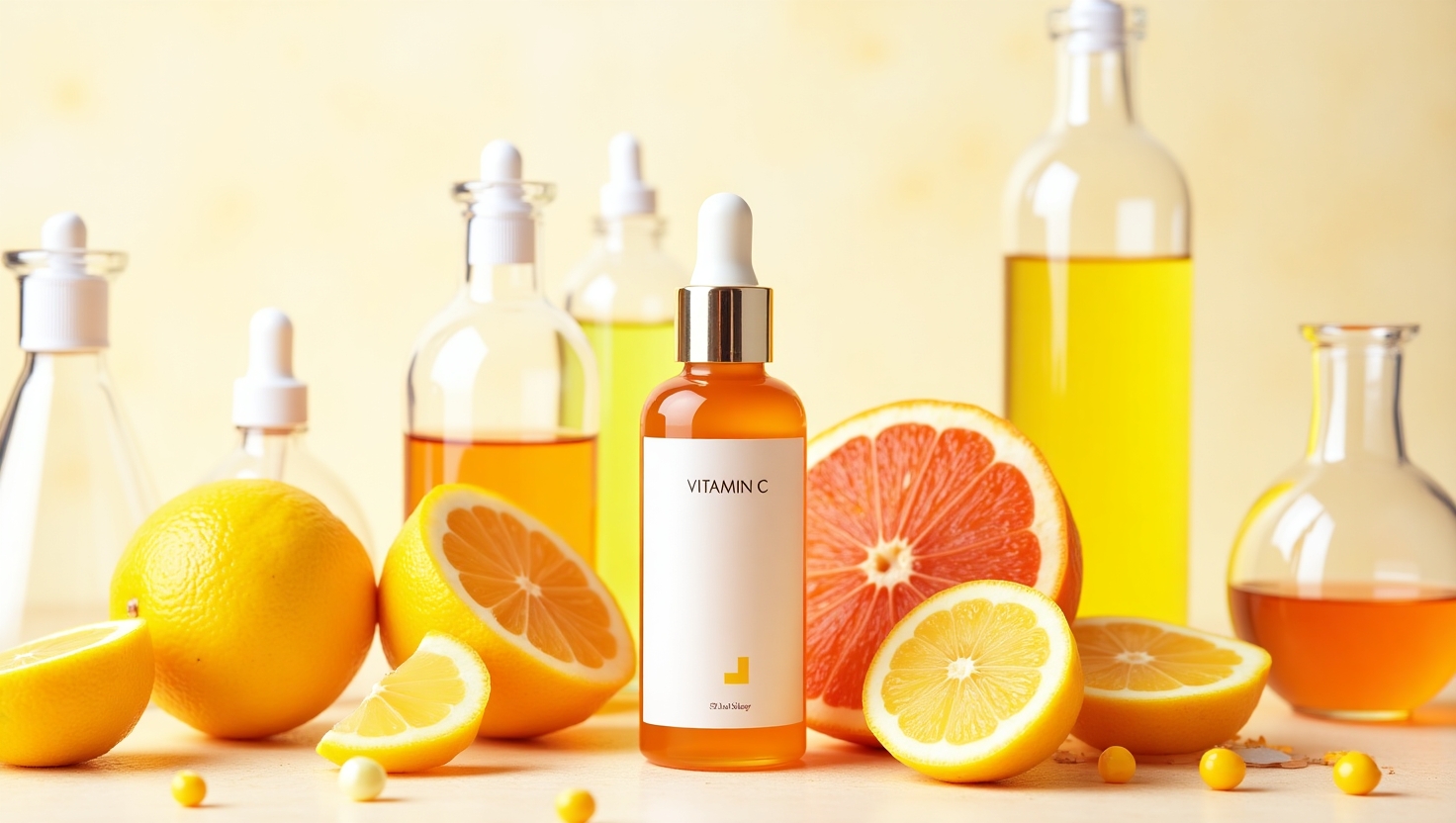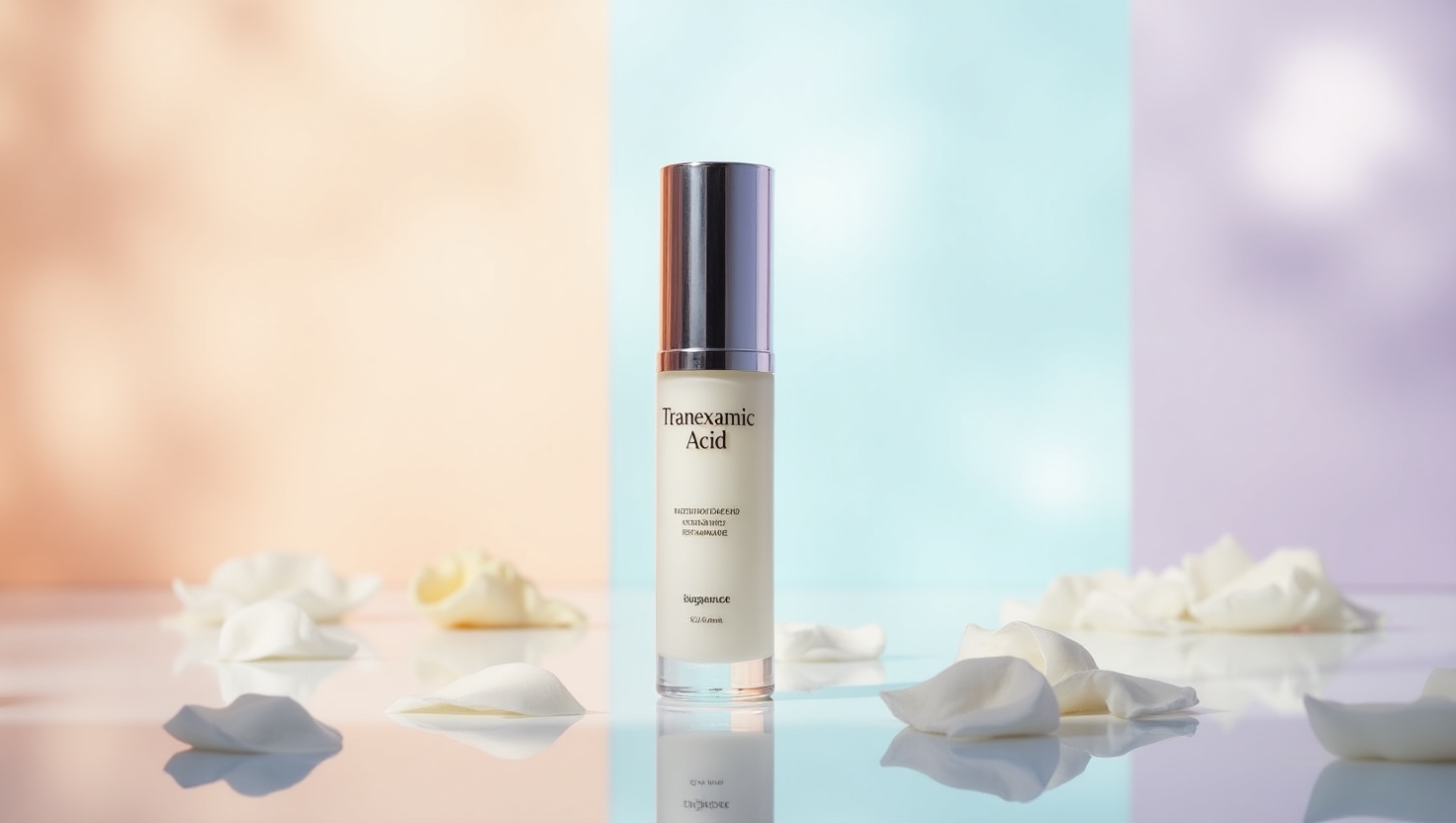Hormonal balance plays a vital role in maintaining overall health. For individuals experiencing symptoms of estrogen dominance or seeking a natural way to support their hormonal system, DIM (Diindolylmethane) is a game-changer. Found naturally in cruciferous vegetables, DIM aids in estrogen metabolism and provides several health benefits. Let’s dive into what DIM is, how it works, and how to incorporate it into your daily routine.
What Is DIM (Diindolylmethane)?
DIM is a natural compound created when your body digests indole-3-carbinol, a substance found in cruciferous vegetables like broccoli, kale, Brussels sprouts, and cauliflower. This compound helps regulate estrogen levels in the body by supporting the liver in breaking down estrogen into its beneficial forms, reducing the risk of hormonal imbalances.
Estrogen dominance—a condition where estrogen levels are too high compared to progesterone—can lead to symptoms like bloating, weight gain, mood swings, acne, and even more serious health concerns, such as fibroids or certain cancers. DIM helps the body process estrogen into “good” metabolites that can be easily excreted, thus promoting balance and reducing these risks.
Benefits of DIM for Hormonal Health
DIM is primarily known for its role in estrogen metabolism, but its benefits extend beyond that. Here are some key advantages of including DIM in your diet:
Regulates Hormonal Balance
DIM helps reduce estrogen dominance by metabolizing harmful estrogen metabolites into non-toxic forms. This is especially helpful for those with PMS, PCOS, or symptoms of menopause.Supports Liver Detoxification
By aiding the liver in processing estrogen, DIM enhances the body’s natural detoxification system. A healthier liver means better overall hormonal health.Improves Skin Health
Hormonal acne, often caused by excess estrogen, can be improved with DIM. By balancing hormones, it reduces the frequency and severity of breakouts.Promotes Weight Management
Estrogen dominance can lead to fat storage, particularly around the abdomen. DIM supports fat metabolism, making it easier to maintain a healthy weight.Potential Cancer Prevention
Research suggests that DIM may have protective effects against hormone-related cancers, such as breast and prostate cancer, by reducing harmful estrogen metabolites.
Also, You Can Read;
Natural Sources of DIM
The best way to get DIM is by eating cruciferous vegetables. These vegetables are not only rich in DIM but also high in fiber, antioxidants, and other nutrients that support overall health. Include these in your meals:
- Broccoli: Steam or roast for a nutritious side dish.
- Kale: Add raw or lightly cooked kale to salads or smoothies.
- Brussels Sprouts: Roast with olive oil, garlic, and spices for a flavorful dish.
- Cauliflower: Try it roasted, mashed, or even as a rice substitute.
Should You Consider DIM Supplements?
While eating cruciferous vegetables is the best way to consume DIM, it’s not always easy to eat enough to see significant benefits. This is where supplements come in.
When to Consider a Supplement:
- If you’re experiencing symptoms of estrogen dominance, such as bloating, fatigue, or hormonal acne.
- If you’re unable to eat enough cruciferous vegetables regularly.
Choosing the Right Supplement:
- Look for a supplement that contains 100-200 mg of DIM per serving.
- Ensure it includes additional ingredients like BioPerine (black pepper extract) for enhanced absorption.
Safety Note: Always consult a healthcare provider before starting any new supplement, especially if you are pregnant, breastfeeding, or taking medications.
How to Incorporate DIM Into Your Diet
Incorporating DIM-rich foods into your meals doesn’t have to be complicated. Here are practical ways to include more cruciferous vegetables in your routine:
Smoothies
Add a handful of kale or spinach to your morning smoothie. Pair it with fruits like bananas or berries for a nutrient-packed start to your day.Soups and Stews
Add chopped broccoli or cauliflower to soups and stews for an easy and delicious way to increase your vegetable intake.Snacks
Roast Brussels sprouts with a drizzle of olive oil, salt, and pepper for a satisfying and healthy snack.Salads
Toss raw or steamed vegetables like broccoli or cauliflower into your salad for added crunch and nutrition.Stir-Fries
Add chopped kale or shredded cabbage to stir-fries for a quick and easy dinner option.
Practical Tips for Better Absorption
DIM is a fat-soluble compound, which means it’s better absorbed when paired with healthy fats.
- Drizzle olive oil or avocado oil over steamed vegetables.
- Include nuts, seeds, or avocados in your meals alongside DIM-rich foods.
- Use coconut oil or butter for sautéing cruciferous veggies.
Who Can Benefit the Most from DIM?
DIM is particularly helpful for:
- Women with PMS, PCOS, or menopausal symptoms.
- Individuals with hormonal acne.
- Men seeking prostate health support.
- Those at risk for hormone-related cancers.
Conclusion
DIM (Diindolylmethane) is a powerful compound that supports hormonal balance, liver detoxification, and overall health. Whether through a diet rich in cruciferous vegetables or supplementation, incorporating DIM into your routine can bring significant benefits.
Start small by adding more broccoli, kale, or cauliflower to your meals, and consult a healthcare provider if you’re considering a supplement. With consistent effort, DIM can become a cornerstone of your health and wellness journey.










[…] DIM (Diindolylmethane): Found in cruciferous vegetables, DIM supports estrogen metabolism. […]
[…] HereDIM (Diindolylmethane)Click HereOmega-3 Fatty AcidsClick HereMagnesiumClick […]